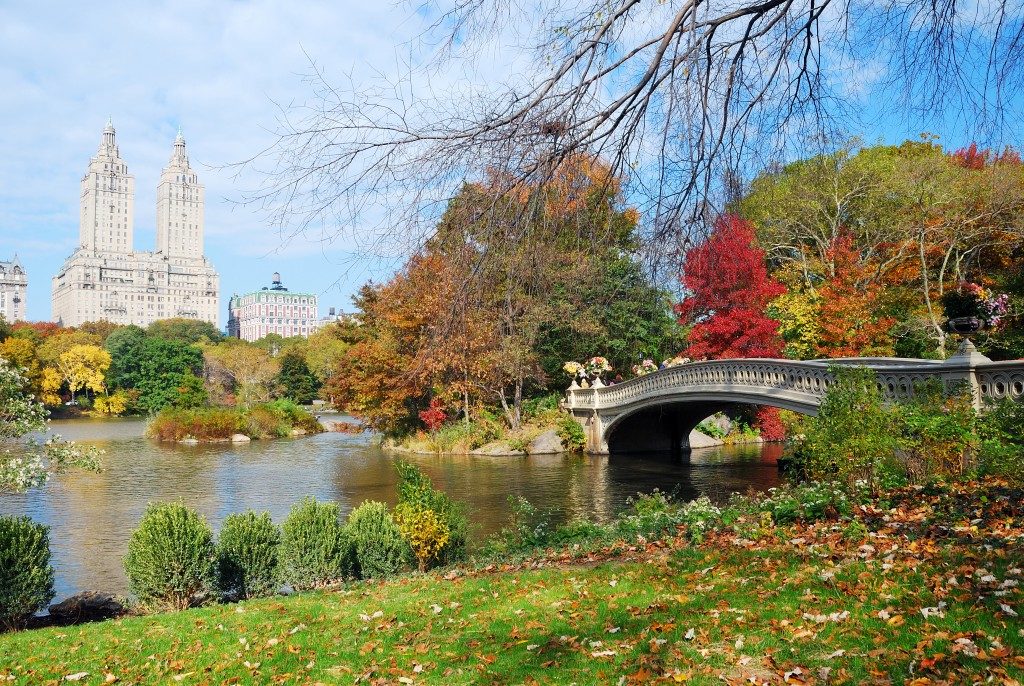Landscape architecture is a complex field that encompasses various disciplines such as art, horticulture, and engineering, among others. It serves as a way through which solutions could be generated, especially for those in urban areas. Designing landscapes is likewise a means to create green spaces where people could spend their time communing with nature, connecting with others, or even enjoying some quiet solitude.
To further convince you to contact the nearest landscape designer in Spokane, here are some of the health benefits that come with picturesque and well-planned green spaces.
Improving air, water, and soil quality
Clean air, water, and soil are needed to support human life. At the minimum, people need fresh air to breathe, water to drink, and plots of land that are uncontaminated and could support wildlife and food production. In recent years, as more evidence crop up showing the links between the changes in the natural environment and human health, the need to tackle the effects of climate change is becoming more apparent. Landscape architecture offers a way through which cities could incorporate measures that would help citizens in adapting to, and if possible, mitigating the effects of climate change. It is also a means of improving the air quality in polluted cities, managing sources of water, and even preventing soil erosion in highly developed areas.
Providing shade in urban heat islands

In 2010, a study in Shanghai showed that the urban heat island effect had increased the impact of heat waves on the populace. The report showed that it was directly responsible for heightened summer mortality rates. To combat the effects of this problem, green infrastructure could serve as a way to regulate the local climate. Trees in urban areas are effective in temperature reduction, especially since a significant amount of heat energy is used during transpiration, which helps in cooling down areas.
Promoting healthy lifestyles
Whether you realize it or not, green spaces have deeply ingrained connections to people’s systems that have restorative factors critical to their health. Through landscape architecture, people could create community parks or even urban forests that would be able to serve as places where they could conduct physical activities like walking, cycling, or running. There has already been a lot of scientific evidence gathered from various studies that link physical exercises to healthier individuals. In fact, even just spending time outdoors in green spaces could have a positive impact on your health.
Nurturing mental wellbeing
A review made by the British Medical Association showed that aside from being the most sustainable means of transportation, walking, biking, and other forms of active travel have a number of health benefits including a reduced risk of early death, improved mental health, and prevention of chronic diseases like stroke, type-2 diabetes, and coronary heart disease. Green spaces that have environments suitable for walking or jogging not only promotes opportunities for increased physical activity but also increases people’s sense of security and encourages social wellbeing. To illustrate this point, a Mind’s Ecotherapy report showed that positive changes to a person’s mental health are directly linked to adopting a greener and more active lifestyle. The study showed that gardening, walking, and exercise helped in lifting the moods, providing purpose and meaning, as well as reducing the stress levels of people who were experiencing mental distress.
Science has proven time and again how modern concrete jungles have impacted the health of their citizens in various negative ways. Landscape architecture offers a way to mitigate these effects and promote healthier lifestyles for people living in urban areas.

